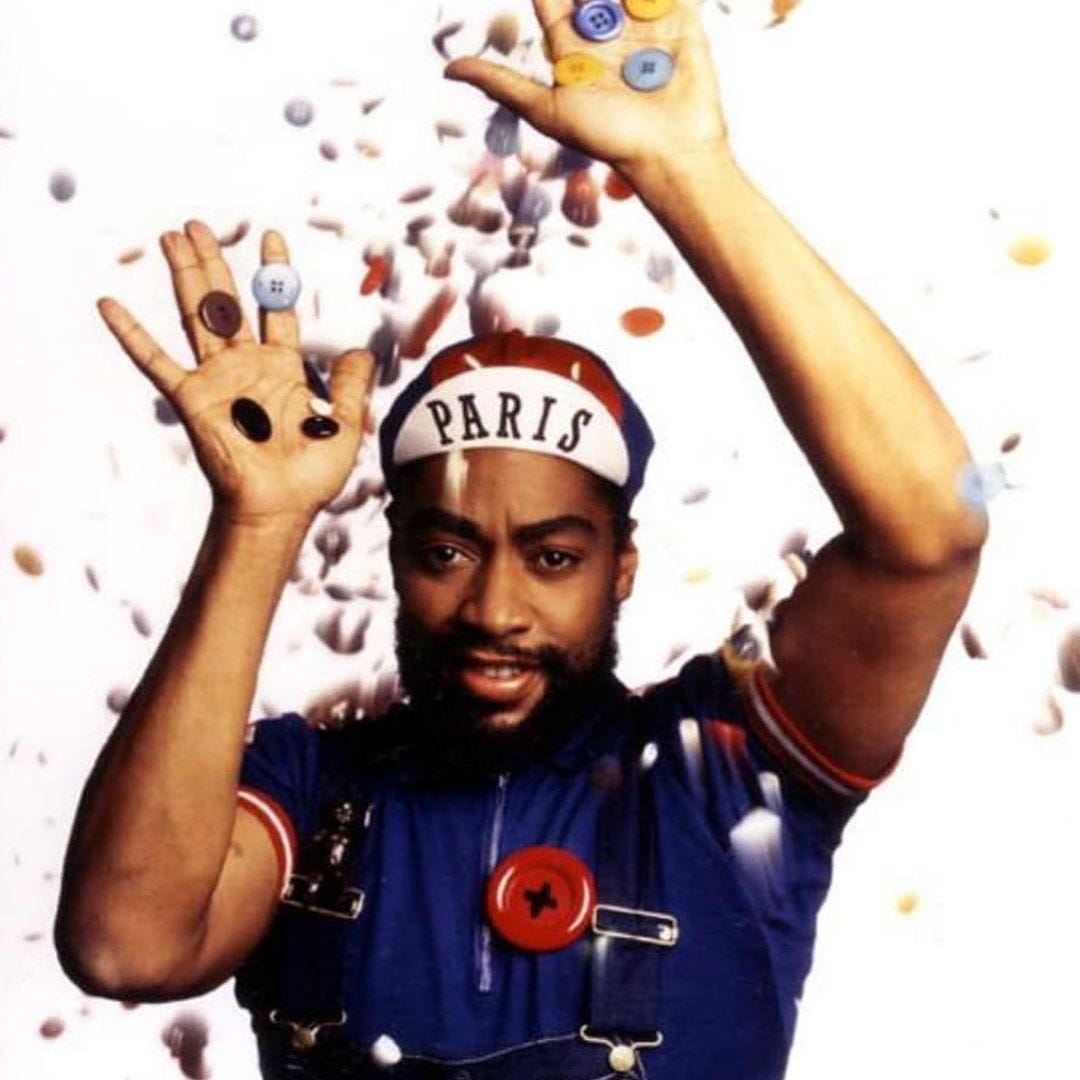In light of the Met Costume Institute’s new exhibition, “Superfine: Tailoring Black Style”, curated by Andrew Bolton and Monica Miller, professor and author of Slaves to Fashion: Black Dandyism and the Styling of Black Diasporic Identity; I thought it appropriate to republish a piece I wrote twenty-three years (!) ago for French Vogue when I was New York editor for the magazine.
In 2002, I was working with then-curator and now Director and Chief Curator of The Studio Museum of Harlem, Thelma Golden, as she developed a retrospective on designer Patrick Kelly at the Brooklyn Museum. Thelma was in the midst of fund raising for the show and asked me to write a contextual piece on Kelly’s work to help bring attention to the project.
Every single mainstream American fashion magazine we approached turned down covering Patrick’s legacy, citing “lack of interest.” Back then, beyond a lack of interest in Patrick Kelly, there was a lack of interest in featuring Black creators in the pages of said magazines.
As you may imagine, the fashion world was extremely white in the early 2000s—in regards to who was featured in magazines, on runways, front rows and appearing on bylines. In terms of fashion journalists, the most visible Black voices during this period were the late, great André Leon Talley, who wrote openly about his experience as a Black man at American Vogue in his memoir, Chiffon Trenches; and Robin Givhan, then fashion editor for The Washington Post. Outside of a vocal few, like model, activist and agent Bethann Hardison, there weren’t coordinated industry efforts towards inclusivity, nor was there an acknowledgement that a lack of diversity in fashion was, in fact, a problem. I remember Thelma sharing with me in 2002, that a major fashion magazine, shooting her for a feature, pulled a rack of clothes to style her in that did not include a single Black designer. Mind you, they were preparing a profile on a woman who famously curated the landmark Whitney Museum of Contemporary Art show, “Black Male: Representations of Masculinity in Contemporary Art “ in 1994. I was in my first year at School of Visual Arts in Manhattan, when that show opened and went to see it multiple times. Thelma became an instant heroine to me, and many other art school girls, someone who dared to speak truth to the establishment, never mind the reams of controversy— it brought the public in droves. Artist Lyle Ashton Harris, whose work was featured in the exhibit, came to speak at a freshman assembly at S.V.A that year, where he told it to us straight: “if you are a Black man, or a woman of any color, you’re going to have an uphill battle in the art world.”
Back in 2002, I was frustrated that we couldn’t find a champion in the American fashion media to publish an essay on Patrick Kelly, but I was not going to give up that easily. Carine Roitfeld, then EIC of French Vogue, was excited to run the piece, which ended up as an eight page spread.
All quotes in the below piece attributed to Patrick Kelly are in his own words, courtesy of the Patrick Kelly Archives. I am indebted to Patrick’s former partner and executor of his estate, Bjorn Amelan, for opening up the archives to me. Keep in mind I wrote this more than twenty years ago, when it was hard to foresee a Met Costume Ball celebrating Black culture, Black style, Black tailoring and Black excellence. I’d like to think that, had he lived to see the day, Patrick would have marched up the carpeted stairs on Met Ball Monday, beaming with pride at the homecoming.





